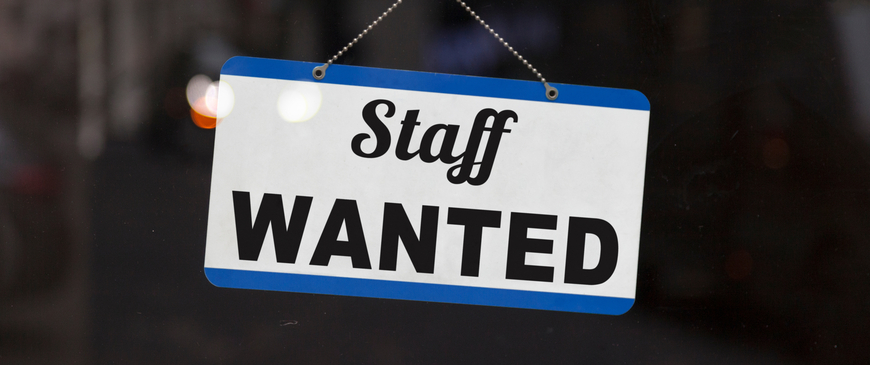
Brexodus: Where have all the workers gone?
The latest analysis conducted jointly by two UK-based thinktanks, the Centre for European Reform and The UK in a Changing Europe, brings into sharp focus Brexit’s effect on the UK workforce. The research, led by John Springford at the London School of Economics and Jonathan Portes, professor of economics and public policy at King’s College London, finds that Brexit has reduced the UK’s workforce by 330,000 people, the equivalent of 1% of the total.
The figure is simply the increase in new immigration from outside the EU post Brexit minus the fall in immigration from the EU after the end of free movement. The UK lost 460,000 staff from the EU but brought in another 130,000 from elsewhere, leaving a net loss of 330,000.
This research highlights the scale of the problem very clearly. Although the 330,000 total is just 1% of the workforce, the pain is not evenly distributed across the economy’s different sectors, as the following list of worker shortfalls shows:
• Transportation and storage: 128,000, which is around 8% of total employment in that sector
• Wholesale and retail: 103,000 – 3% of the sector
• Accommodation and food: 67,000 – 4% of the sector
• Manufacturing: 47,000 – 2% of the sector.
...All in all, it is a severe shock for the economy, one that, in the past, we might have been able to reduce by the free flow of eager workers from across the EU. But not any more. As John Springford observes, the obvious response from industry will be a combination of higher wages, higher prices, and lower output. Lower immigration therefore means a smaller economy.
